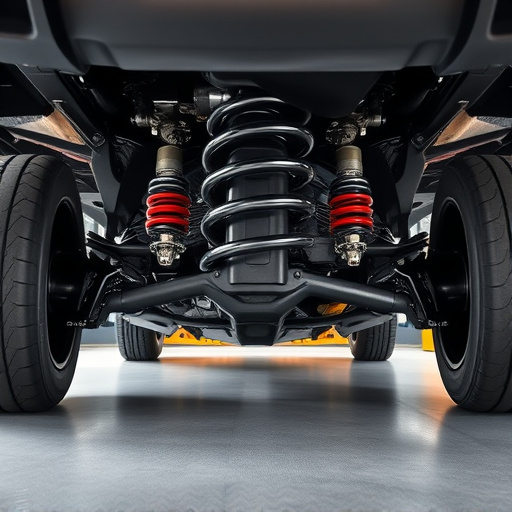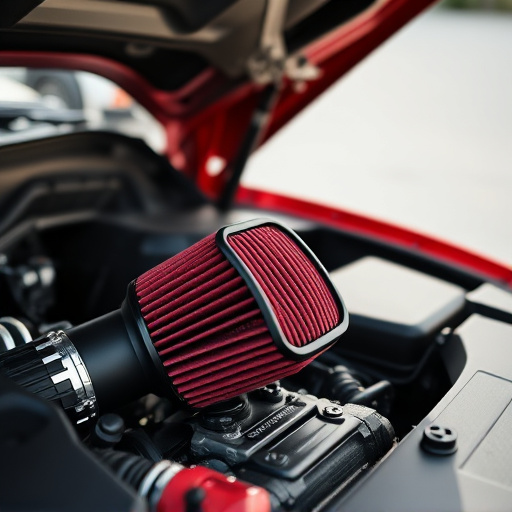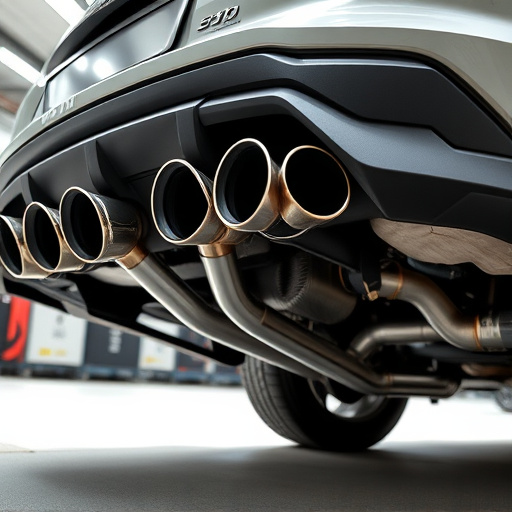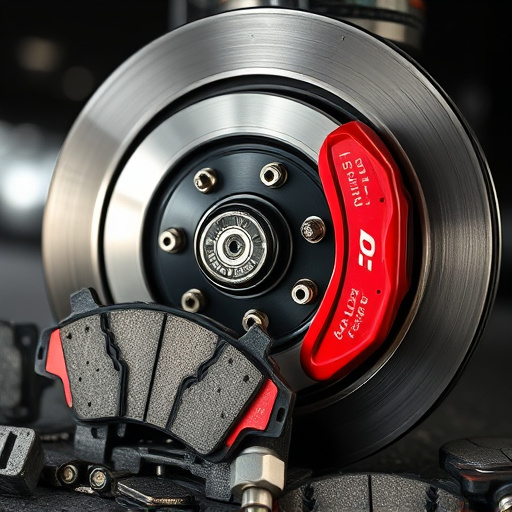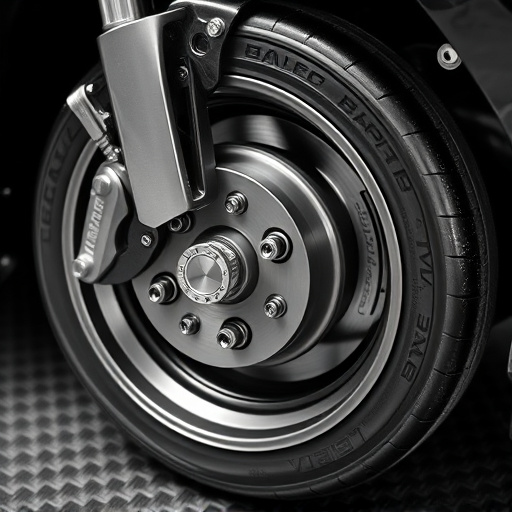Recognizing common engine component issues is crucial for effective troubleshooting. Unusual noises, reduced fuel efficiency, leaks, corrosion, and wear patterns are telltale signs that require attention. Regular maintenance, including oil changes and suspension checks, prevents escalation of issues. Understanding the unique functions of core components like the block, crankshaft, camshaft, valves, and pistons aids in accurate diagnosis and resolution. Early identification of problems, enabled by proactive monitoring of sounds, smells, performance changes, and leaks, is key to preventing costly repairs and maintaining engine integrity.
Unsure why your car’s engine is making strange noises, overheating, or leaking fluid? You’re not alone. Engine components are complex and prone to wear over time. This guide tackles common engine component issues head-on, providing insights into their causes, symptoms, and effective troubleshooting methods.
Learn how to identify problems with essential parts like oil leaks, the cooling system, and more. We’ll walk you through step-by-step processes for diagnosis and safety precautions when handling faulty components. Plus, discover best practices for repairs and maintenance to keep your engine running smoothly.
- Identifying Common Engine Component Problems
- – Understanding the basic functions of engine components
- – Recognizing signs and symptoms of potential issues
Identifying Common Engine Component Problems
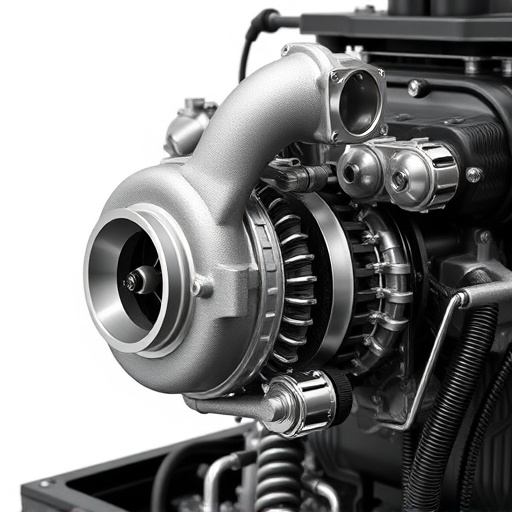
Recognizing common engine component issues is the first step towards effective troubleshooting. Engine components, from the cylinder block to the camshaft and everything in between, play a crucial role in an engine’s performance and efficiency. Familiarize yourself with the telltale signs of each problem. For instance, unusual noises or vibrations might indicate worn-out bearings or a misaligned timing belt. Reduced fuel efficiency could be attributed to clogged air intake systems or inefficient combustion due to faulty spark plugs. By understanding these patterns, you can accurately diagnose the issue at hand.
Inspecting visual cues and checking for physical damage is equally important. Leaks in the engine bay, corrosion on vital components, or unusual wear patterns suggest underlying problems that require attention. Moreover, high performance parts, while enhancing power, may also be more prone to failure if not installed correctly or maintained properly. Regular maintenance, including timely oil changes and checks on suspension kits, can prevent these issues from escalating, ensuring your engine runs smoothly under various conditions.
– Understanding the basic functions of engine components
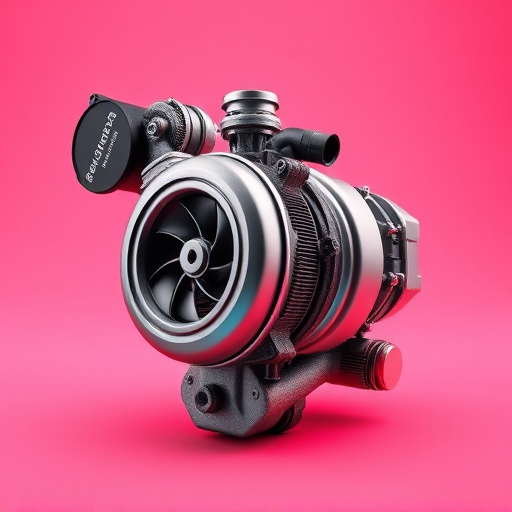
Engine components are the backbone of any vehicle’s power system, each playing a crucial role in converting fuel into motion. Understanding their basic functions is essential for troubleshooting common issues and ensuring optimal vehicle performance. The engine block, for instance, serves as the foundation, housing the combustion chamber where fuel and air mix and ignite to produce power. From there, the crankshaft converts this linear motion into rotational energy, propelling the vehicle forward.
Other key components like the camshaft, valves, and pistons work in harmony to facilitate the intake, compression, combustion, and exhaust strokes, creating a seamless cycle that keeps the engine running smoothly. Upgrades such as cold air intakes can enhance engine performance by increasing oxygen intake, while suspension kits, though not directly related to engine functions, contribute to overall vehicle stability and handling, indirectly affecting driving experience and safety.
– Recognizing signs and symptoms of potential issues
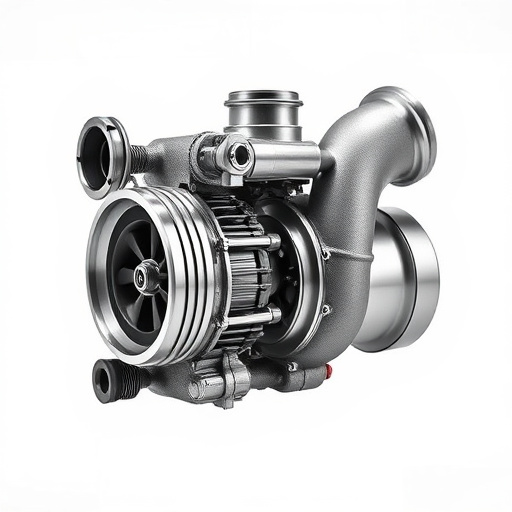
Many engine component issues can be identified by unusual sounds, smells, or performance changes. For instance, a persistent rattling noise could indicate worn-out brake rotors, while a strong, unpleasant odor might signal a problem with the exhaust system, such as a damaged muffler tip. Increased vibrations during acceleration may point to an underlying issue with engine components like pistons or connecting rods.
Regular checks for leaks, especially around the engine bay, can help catch problems early. A cat-back exhaust system, for example, might be leaking due to damaged hangers or connections. By staying vigilant and paying attention to these signs and symptoms, drivers can proactively address potential issues before they turn into costly repairs, ensuring smooth operation of their vehicle’s essential engine components.
Understanding the basic functions and recognizing the subtle signs of engine component problems is key to effective troubleshooting. By staying vigilant and familiarizing yourself with common issues, you can efficiently navigate through potential challenges, ensuring smoother operations and prolonging your vehicle’s lifespan. Equip yourself with this knowledge, and you’ll be well-prepared to maintain optimal engine performance.








